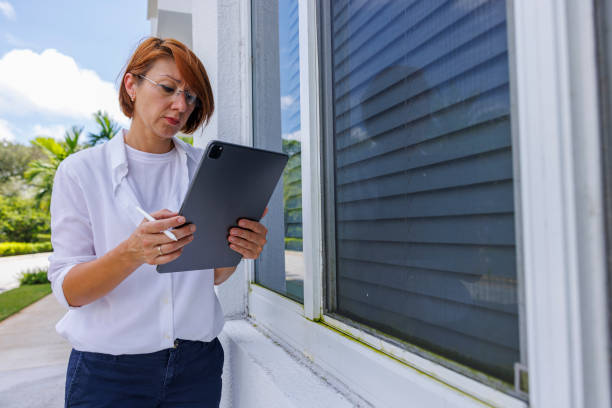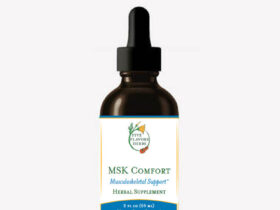In the realm of homeownership, there’s an often-overlooked culprit that can silently compromise the well-being of your living space—mold. As microscopic spores, mold can flourish in damp and dark environments, posing potential risks to both property and health. This article delves into the critical importance of mold inspections, exploring why these assessments are essential for maintaining a healthy home environment.
The Hidden Threat:
Mold, a type of fungus, has a knack for thriving in moisture-rich areas, such as basements, attics, and behind walls. While some molds are harmless, others can release mycotoxins that, when inhaled or touched, may cause allergic reactions or even more severe health issues. Recognizing the potential danger, homeowners are turning to mold inspections as a proactive measure to identify and address mold problems before they escalate.
Detecting the Unseen:
One of the challenges with mold is its ability to grow undetected. Often, mold colonies remain hidden behind walls or beneath flooring, making them invisible to the naked eye. Mold inspections employ specialized tools and techniques to uncover these hidden threats. Certified inspectors use moisture meters, thermal imaging, and air quality tests to identify areas prone to mold growth and assess the extent of any existing infestations.
Health and Home Preservation:
Beyond the health implications, mold can wreak havoc on the structural integrity of a home. It can weaken walls, compromise insulation, and damage wooden structures. Investing in routine mold inspections is a proactive strategy to preserve the value of your property while ensuring the well-being of its occupants.
DIY vs. Professional Inspections:
While some homeowners may be tempted to tackle mold inspections themselves, it’s crucial to recognize the limitations of DIY methods. Professionals bring expertise and specialized equipment that can pinpoint mold issues more accurately. Moreover, their experience allows them to distinguish between harmless mold and potentially harmful varieties, providing homeowners with peace of mind and actionable insights.
Prevention and Remediation:
Mold inspections not only identify existing problems but also offer guidance on preventive measures. Inspectors may recommend improvements in ventilation, drainage, or moisture control to create an environment less conducive to mold growth. If an infestation is discovered, they can outline effective remediation strategies to eliminate the problem at its source.
Conclusion:
In the quest for a safe and healthy home, mold inspections emerge as a fundamental component of responsible homeownership. By investing in these assessments, homeowners can proactively identify, address, and prevent mold issues, safeguarding both the structural integrity of their property and the well-being of its occupants. Clear the air and ensure a mold-free living space by prioritizing regular mold inspections—an investment that pays dividends in the health and longevity of your home.












